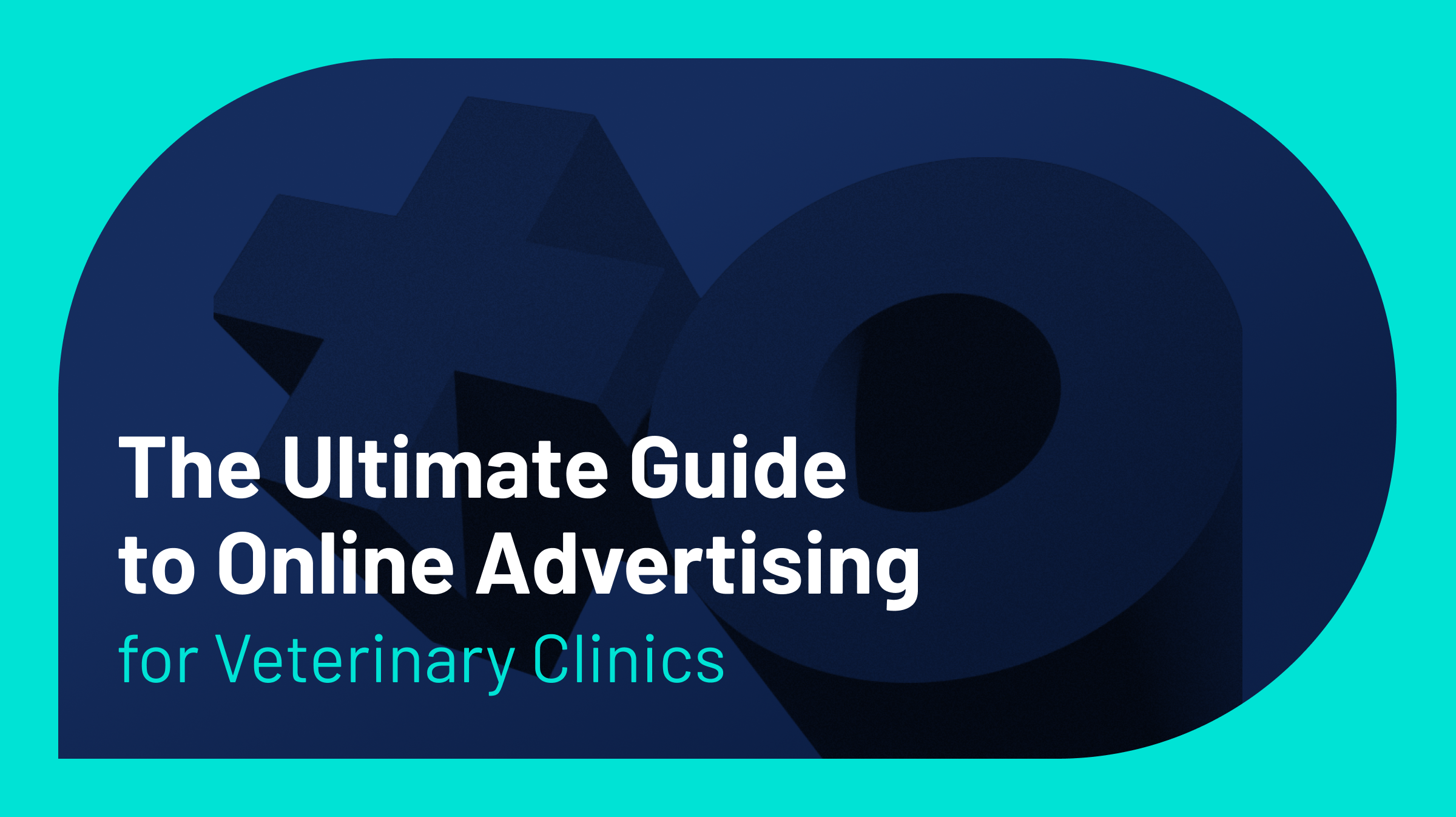
The Ultimate Guide to Online Advertising for Veterinary Clinics
If you own or manage a veterinary clinic, chances are you’re always looking for ways to attract new clients, strengthen relationships with existing ones, and increase your overall visibility in the community. Gone are the days when word-of-mouth alone could fill your appointment calendar. Today, online advertising acts as a powerful tool to help veterinary practices connect with pet owners actively seeking services or simply discovering your business.
Two of the most influential platforms to consider for this purpose are Google Ads and Facebook Ads. While both are excellent tools in their own ways, they serve different purposes and offer unique benefits. By understanding how each platform works, you can craft an advertising strategy that delivers measurable results for your clinic.
Why Online Advertising Matters for Veterinary Practices
The internet is now the first stop for pet owners seeking care for their furry friends. Whether they’re searching for an emergency vet, exploring preventative wellness plans, or even booking routine checkups, online platforms have become the gateway to finding and choosing services. With strategic online advertising, you can:
- Get discovered by new clients when they need you most.
- Promote specialized services, like dental cleanings or advanced surgical procedures.
- Build trust and brand awareness within your local community.
- Stay competitive in an increasingly digital world.
Now, let’s explore how Google Ads and Facebook Ads can help your clinic achieve these goals.
Understanding Google Ads and Facebook Ads
Google Ads
Google Ads is a pay-per-click (PPC) platform designed to target users who are actively searching for services such as veterinary care. By targeting specific keywords such as “emergency vet near me” or “best vet clinic in [your city],” your clinic can appear at the top of search engine results. These users already have intent—they’re looking for immediate help, making Google Ads ideal for capturing high-value leads.
Benefits of Google Ads:
- Target High-Intent Searches: Showcase your clinic to pet owners searching for help in real time.
- Geo-Targeting Capabilities: Ensure your ads are seen by users within a specific radius of your clinic.
- Flexible Ad Formats: Google offers more than just text ads; it also offers display and video options.
Facebook Ads
While Google Ads connects you with users who have an immediate need, Facebook Ads excel at building awareness among potential customers. By targeting users based on demographics, interests (like “pet owners” or “dog lovers”), and online behaviors, Facebook Ads help you reach individuals who may not yet be searching for your services but are likely to need them in the future.
Benefits of Facebook Ads:
- Interest-Based Targeting: Reach pet owners likely to require your services, even if they’re not actively searching yet.
- Engaging Ad Formats: Use images, videos, and carousel ads to tell your clinic’s story, showcase testimonials, or feature adorable pet clients.
- Lower Costs for Awareness Campaigns: Facebook Ads often provide cost-effective options for reaching a broad audience.
Google Ads vs. Facebook Ads – What’s Right for You?
Deciding between Google Ads and Facebook Ads doesn’t have to be an either/or situation. Consider the following factors and how they align with your marketing goals:
1. Targeting Capabilities
- Google Ads: Ideal for capturing high-intent users seeking veterinary care immediately.
- Facebook Ads: Excellent for creating awareness and engaging potential clients before they actively need your services.
2. Cost-Effectiveness
- Both platforms operate on a PPC model, but costs vary. Google Ads may have higher costs due to competitive bidding on keywords, while Facebook Ads often come with lower costs per impression—perfect for brand awareness initiatives.
3. Ad Creativity
- Google Ads focuses on text-based ads and concise messaging.
- Facebook Ads provide creative versatility. They use imagery, video, and carousel formats to highlight your clinic’s personality and services.
4. Measurable Client Acquisition
- Google Ads: Easier to tie specific clicks, form submissions, and phone calls to new client appointments, giving you a clear view of acquisition costs and ROI.
- Facebook Ads: Offers engagement insights, but may require more sophisticated tracking to attribute direct conversions.
5. Higher Return on Investment (ROI)
- Google Ads often delivers a higher ROI for veterinary practices, particularly for urgent or high-value services, because it captures users with immediate intent.
By balancing these factors, veterinary clinics can maximize both immediate client acquisition and long-term community engagement.
Strategic Recommendations for Veterinary Clinics
If your goal is to grow your practice and serve more pets, consider a combined approach. Here’s how to ensure your online advertising strategy is effective:
1. Combine the Power of Both Platforms
- Use Google Ads to engage individuals who are actively searching for veterinary services in your area.
- Leverage Facebook Ads to create compelling brand awareness campaigns and connect with a broader audience of pet lovers. This dual strategy ensures that you’re covering both short-term and long-term goals.
2. Geo-Target Your Campaigns
Both platforms allow you to target users based on location, ensuring that your message reaches pet owners within a convenient distance from your clinic. For example, Google Ads can highlight your location with extensions that appear directly in search results, while Facebook allows you to target specific ZIP codes or cities.
3. Focus on Engaging Visuals and Content
Create ad content that resonates with your audience:
- Feature before-and-after stories of pets you’ve helped (with their owners’ permission).
- Share heartwarming testimonials or success stories.
- Include clear calls to action, like “Book an Appointment Today!” or “Schedule Your Pet’s Wellness Visit.”
4. Monitor and Optimize Performance
The beauty of digital advertising is that you can continuously track your campaigns and make adjustments. Use built-in analytics tools on Google and Facebook to measure performance, adjust keywords or targeting parameters, and refine ad creatives for the best results.
The Bottom Line
The digital age has transformed how pet owners connect with veterinary clinics. With Google Ads and Facebook Ads, you can expand your reach, attract new clients, and build a loyal community of pet lovers who trust your expertise. By understanding the strengths of each platform and using them strategically, your practice can thrive in the competitive landscape of online advertising.
Are you ready to boost your clinic’s visibility and bring in more wagging tails? Start today by exploring online advertising options tailored to your veterinary practice’s unique needs. It’s time to grow your business and make an even bigger impact in your community!







